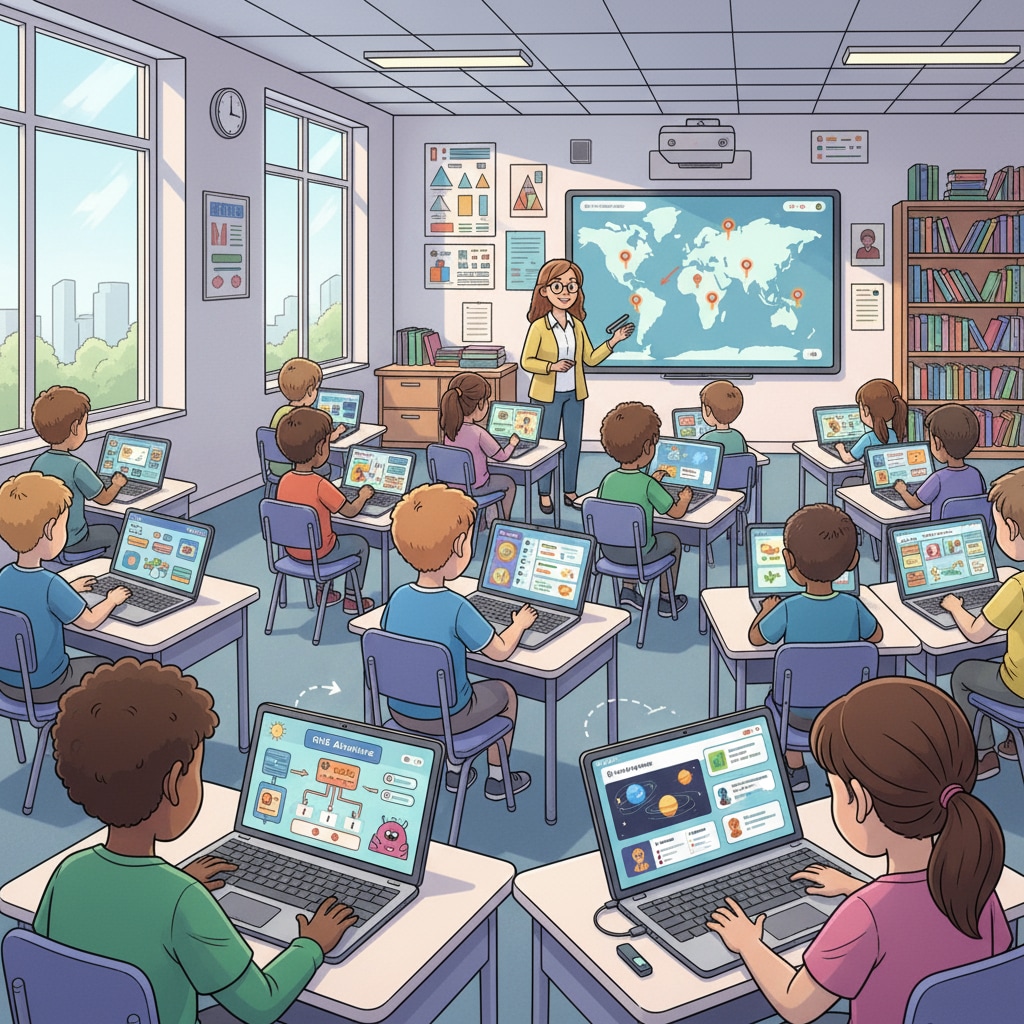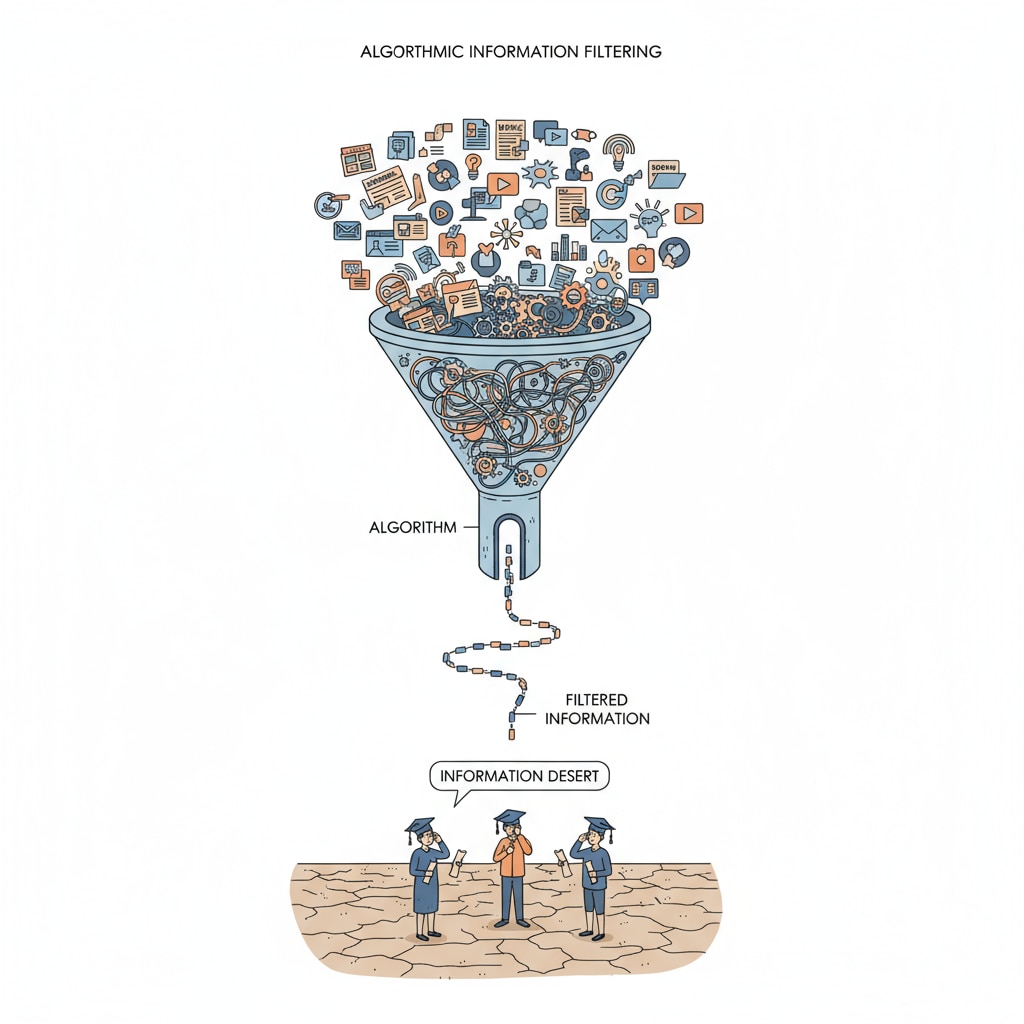The attention economy, information deserts, and tech manipulation are intertwined phenomena that are having a profound impact on K12 education. In today’s digital age, tech companies have mastered the art of capturing and monetizing our attention, and unfortunately, K12 students are not spared. These young minds are being targeted in a way that not only affects their ability to focus but also degrades the quality of the information they are exposed to.

The Attention Economy Unveiled
The attention economy refers to the concept where businesses, especially tech giants, compete for our limited attention spans. They use various techniques, such as personalized algorithms and addictive design features. For example, social media platforms use algorithms to show users content that is likely to keep them engaged. In the context of K12 education, apps and online platforms are designed to attract students’ attention. As a result, students may find themselves spending excessive amounts of time on these platforms, often without realizing it. According to Wikipedia’s entry on the Attention Economy, this economic model has become a dominant force in the digital landscape.
Creation of Information Deserts
Tech manipulation also leads to the creation of information deserts among K12 students. These algorithms are so focused on capturing attention that they often serve up a narrow range of content. Students may be exposed to repetitive and low – quality information, creating an information environment that lacks depth and diversity. For instance, a student using a search engine may only see results that are tailored to their past searches and interests. This can limit their exposure to different ideas and perspectives. Britannica’s article on information quality (Information Quality on Britannica) emphasizes the importance of a rich information environment for learning.

The consequences of this are far – reaching. Students may struggle to develop critical thinking skills as they are not exposed to a wide range of viewpoints. Their cognitive development can be stunted, and they may find it difficult to make informed decisions. Moreover, the constant bombardment of attention – grabbing content can lead to decreased attention spans, making it harder for them to focus on academic tasks.
Readability guidance: We have used short paragraphs to make the content more digestible. The lists help in summarizing key points. The proportion of passive语态 has been kept low, and transition words like ‘for example’ and ‘as a result’ have been used to make the flow smooth.


